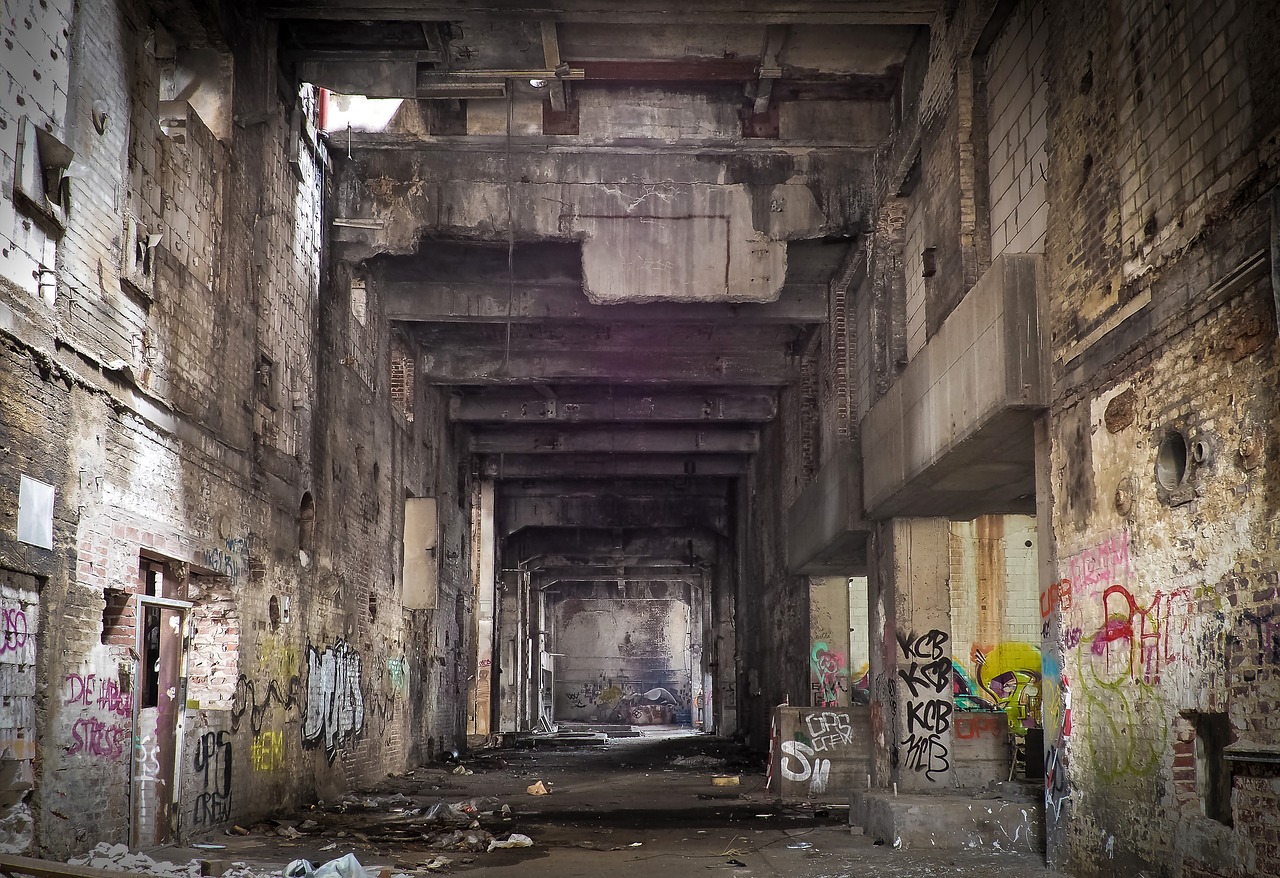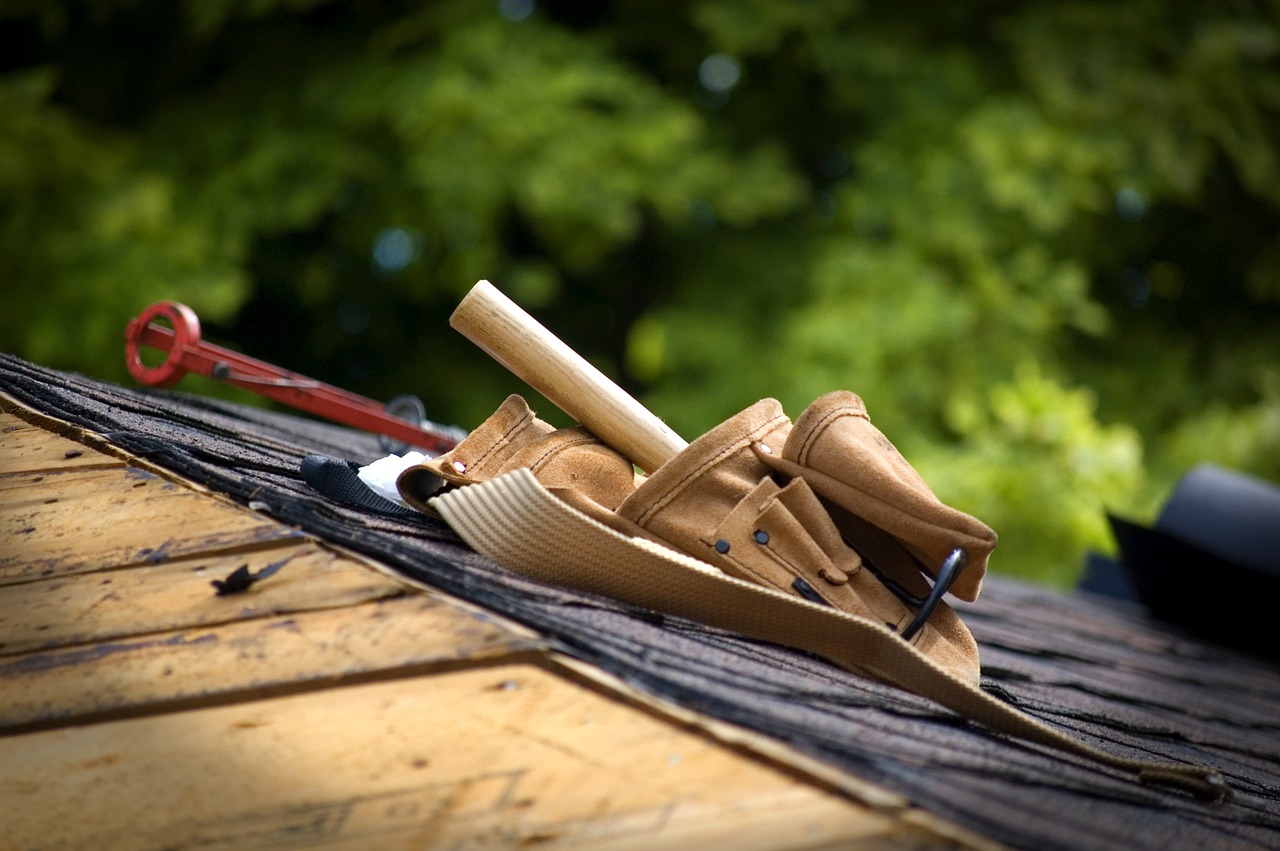
Asbestos In Your Roof – What Are The Risks?
By: 911 Water Damage Experts
Asbestos was once considered a miracle mineral. It was naturally mined and when put through a manufacturing process, could provide a number of desirable benefits like insulation, fire resistance, and more.
With such benefits, it’s of no surprise that it quickly became a go-to material for a variety of industries. However, the building industry certainly saw the most value in it.
For decades, builders used asbestos-containing materials (ACM) to build new homes and renovate old ones. The problem is, health experts soon realized it was hazardous.
So, what are the risks of being exposed to it now? How do you identify it? And what do you do with it once you realize you’ve got it? Pay attention to the following information to find out more.
What Is Asbestos?
As previously mentioned, asbestos is a natural mineral. However two types exist, serpentine and amphiboles. Under the serpentine umbrella, there is chrysotile (white) asbestos, and under amphiboles, there is amosite (brown) and crocidolite (blue) asbestos.
You may have also heard of tremolite, actinolite, and anthophyllite. These asbestos types were of little use, so they were rarely mined for commercial purposes. Of all asbestos types, amphiboles were among the most dangerous. They are more often linked to asbestos-related illnesses than serpentine asbestos.
What Construction Products Contain Asbestos?
Even though asbestos was commonly present in roofing products, that’s not only where you will find it. Asbestos has been mined and used around the world, so it can be found in a variety of construction materials present in many homes and commercial structures.
If your home was built before the year 2000, you may have more asbestos than you might think. It’s present in flooring materials like tiles and vinyl, and cement, textiles, construction mastics, adhesives, insulation, electrical components, and more.
Homes in India and some other countries are still being built with asbestos materials today, so it’s unlikely that we will ever see the back of asbestos for good.
How Do You Identify ACM?
When asbestos experts remove asbestos-containing materials from homes, they often wrap, bag, and label them, so that everyone knows they are hazardous and contain asbestos. However, back before we knew it was dangerous, it wasn’t always clear what had it and what didn’t.
As a result, you can’t just look at a building product today and say with any certainty that it contains asbestos or doesn’t. Typically, you can get an idea that it may be dangerous by the year the material was created. However, that method doesn’t provide you with a conclusive answer.
Instead, the only sure-fire way to know that building materials and roofing materials contain asbestos is by carrying out asbestos testing.
This process involves taking a small sample of the material, possibly in several places, and having it tested in a laboratory environment.
What Are The Health Risks Of Asbestos?
The unfortunate reality is that we are decades too late in identifying asbestos-related health problems. Tens of thousands of people die every year from exposure, with that exposure having occurred upwards of 20 years prior.
It can take several years for exposure symptoms to present themselves. By then, it’s too late to take action.
Asbestos exposure can be responsible for a variety of conditions, such as lung cancer, pleural thickening, asbestosis, and mesothelioma. Unfortunately, there is no cure for these conditions, and many of them end in premature death.
Asbestosis
Asbestosis is a lung condition typically caused by long-term asbestos exposure. Some people are more at risk of this condition than others, such as plumbers, construction workers, electricians, heating and ventilation workers, and demolition workers.
It presents as fatigue, chest or shoulder pain, a persistent cough, shortness of breath, and even clubbed fingertips. Typically, symptoms won’t appear for between 20 and 30 years.
Mesothelioma
Mesothelioma is cancer most often linked to asbestos exposure. It affects the lining of your lungs and sometimes your stomach, testicles, and heart. Thousands of people are diagnosed with mesothelioma annually, and there is no cure.
The symptoms of mesothelioma are similar to asbestosis, but you may also experience unexplained weight loss, a loss of appetite, a high fever, nausea, constipation, and diarrhea.
Lung Cancer
Lung cancer may be common in smokers, but it’s also common in people who have been exposed to asbestos. Sufferers can experience a cough, often with blood, and breathlessness, weight loss, fatigue, and pain while coughing. Survival rates vary widely, and early diagnosis may make a difference to your outcome.
Pleural Thickening
Pleural thickening involves the thickening of the lung lining that covers the inside of your rib cage and the outside of your lungs. It can cause breathlessness and chest pain and is most often related to inhalation of asbestos dust. Pleural thickening can also indicate a more severe condition, like mesothelioma.
Managing Asbestos In Your Roof
If your roofing materials consist of asbestos cement, you’re not alone. Asbestos was used throughout the 20th century in both roofing and insulation materials for its fire-retardant properties. Today, tens of thousands of homeowners are paying the price.
It has now been several decades since asbestos was last used as a roofing material, which means any asbestos roofs still in place are likely starting to deteriorate. Given that asbestos is in its most dangerous form when it’s friable, your asbestos roof can begin to become a health hazard.
If you are unsure what risk your cement sheeting roof poses, it can be worth talking to a roofing company. They can inspect your roofing materials and advise you on whether removal, re-roofing, or over-roofing is your best solution.
If it’s deemed that removal and roof replacement is your best option, ensure that this task is undertaken by trained asbestos removalists who can undertake all necessary precautions to keep you and your neighbors safe.
If damage is limited or non-existent, your chosen roofing expert may recommend over-roofing. This process involves installing cladding over the top of the asbestos sheets to contain it completely. This can often be the most cost-effective option.
Feel free to contact us at 1-833-WE-DRY-IT 24/7/365 any time if you have any questions or drop us a message in near real-time on our Facebook fan page.
Related Posts:
What’s causing mould in your home? Here are the top reasons why
How to prevent mould growth after a flood
A pipe burst in my business building – what do I do?
What to do when a water pipe bursts in your apartment
Hire the right mould removal company by asking these vital questions
15 interesting facts about mould
What causes mould damage and what you can do about it
Top common signs of water damage: here’s what to look for



